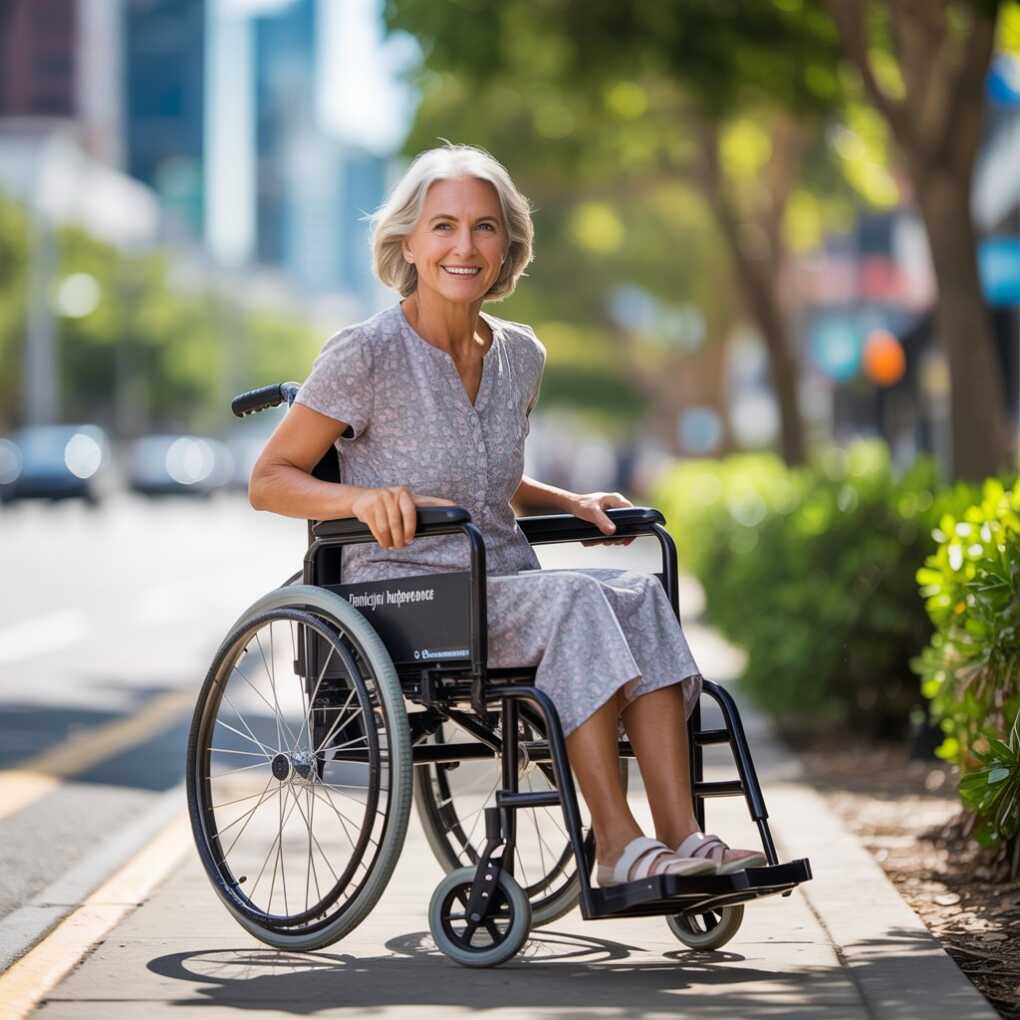Independence and freedom are intrinsic values cherished in societies around the world, and Australia is no exception. For individuals living with physical challenges, achieving independence often requires the support of various mobility aids. Across the country, the demand for these essential tools has been steadily growing, highlighting their significant role in enhancing the quality of life for many Australians. In this context, it is imperative to understand the range of mobility aids available in Australia and how they serve to empower individuals.

The Role of Mobility Aids
Mobility aids are instrumental in assisting those with disabilities, injuries, or age-related mobility issues to navigate their environment more freely. By providing the necessary support and stability, these aids facilitate movement and reduce the risk of falls, thereby fostering a sense of autonomy. The spectrum of aids available is diverse, including everything from simple walking sticks to more complex power wheelchairs.
One of the most significant benefits a mobility aid can offer is the enhancement of personal safety. Being able to move with minimal risk of injury is not only reassuring for the users but also for their families and caregivers. Additionally, using the correct mobility aid can help alleviate pain and fatigue, which might otherwise be experienced during movement.
Types of Mobility Aids
The range of mobility aids in Australia has to offer is extensive, with each device tailored to cater to specific needs. For example, individuals with mild balance issues might find that a walking cane provides adequate support, while others with more significant challenges might benefit from a walker or a rollator. For those requiring seated support or long-distance travel within their community, manual wheelchairs or electric scooters could be more appropriate.
Additionally, adaptations to these aids, such as ergonomic handles, special cushions, or adjustable features, ensure that each individual can find an aid that is both comfortable and effective. Technological advancements have also played a role in developing new and improved mobility aids that can overcome previous limitations and offer more freedom to users.
Choosing the Right Mobility Aid
Finding the correct mobility aid is a personalised process that involves assessing the individual’s physical condition, environment, and personal preferences. Occupational therapists and other healthcare professionals play a crucial role in advising on the most appropriate type of aid, as well as ensuring that it is correctly fitted and used.
When assessing an individual’s needs, several factors come into play. These include the degree of mobility impairment, whether the condition is temporary or permanent, and the person’s lifestyle. The right choice of mobility aid not only enhances movement but also contributes to the user’s confidence and willingness to engage in daily activities.
Overcoming Stigma and Embracing Empowerment
In spite of the many benefits offered by these devices, there can be a stigma associated with using mobility aids. This stigma often stems from misconceptions about disability and ageing. However, as awareness increases and more people openly embrace these aids, the associated stigma is gradually diminishing. Society’s perception is shifting towards a more empowering narrative, acknowledging that using a mobility aid is a step towards maintaining autonomy and making the most out of life’s opportunities.
It is essential that users feel proud of their ability to adapt and overcome challenges, and communities can foster this pride by offering support, acceptance, and accessible environments. Incorporating universal design principles in public spaces ensures that using a mobility aid is not a barrier to participation in social, economic, and civic life.
The Importance of Accessible Mobility Aids in Australia
Access to a wide array of mobility aids is also critical in ensuring that every Australian who needs assistance can find the right solution. Retailers and healthcare suppliers across the country, including specialist providers, offer an assortment of aids designed to meet the diverse needs of the population. Additionally, government initiatives such as the National Disability Insurance Scheme (NDIS) play a vital role in facilitating access to necessary assistance for eligible individuals.
As the population ages and the prevalence of disabilities increases, the need for accessible and affordable mobility aids becomes more pronounced. It is imperative, therefore, for policies and systems to be in place that support easy access to these vital tools. By doing so, Australia can continue to foster an inclusive society where mobility challenges are not a barrier to independence.
Conclusion
Mobility aids play an indispensable role in enhancing the lives of many Australians. These devices promote independence by enabling individuals to navigate their surroundings with assurance and dignity. While selecting the correct mobility aid is a personal journey, ample resources and professionals are available to aid in this decision. As societal attitudes continue to evolve, the use of mobility aids should be seen not as a limitation but as a means of empowerment, ensuring that each person can lead a fulfilling life despite their mobility challenges. With the current and future initiatives, Australia is paving the way for a more inclusive community where independence is not just a possibility but a tangible reality for all.
